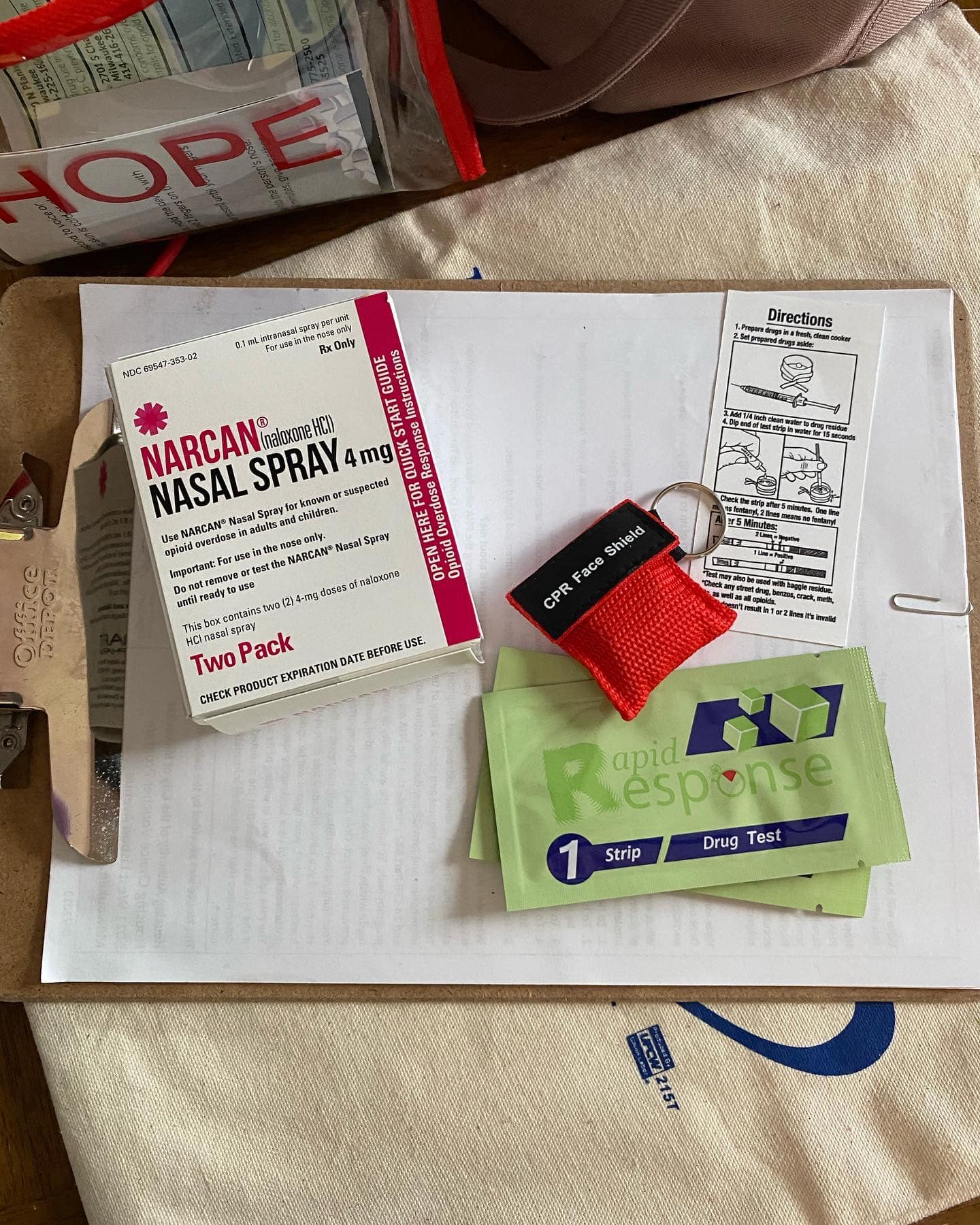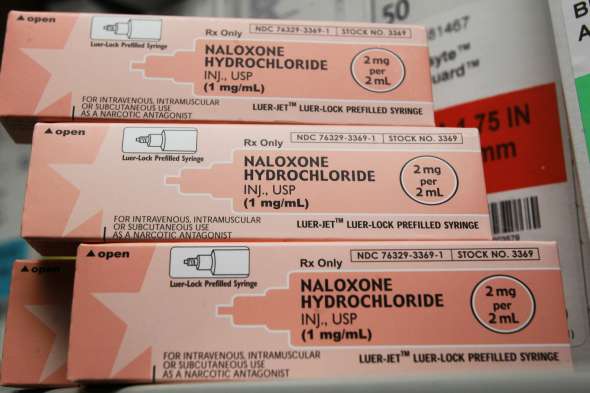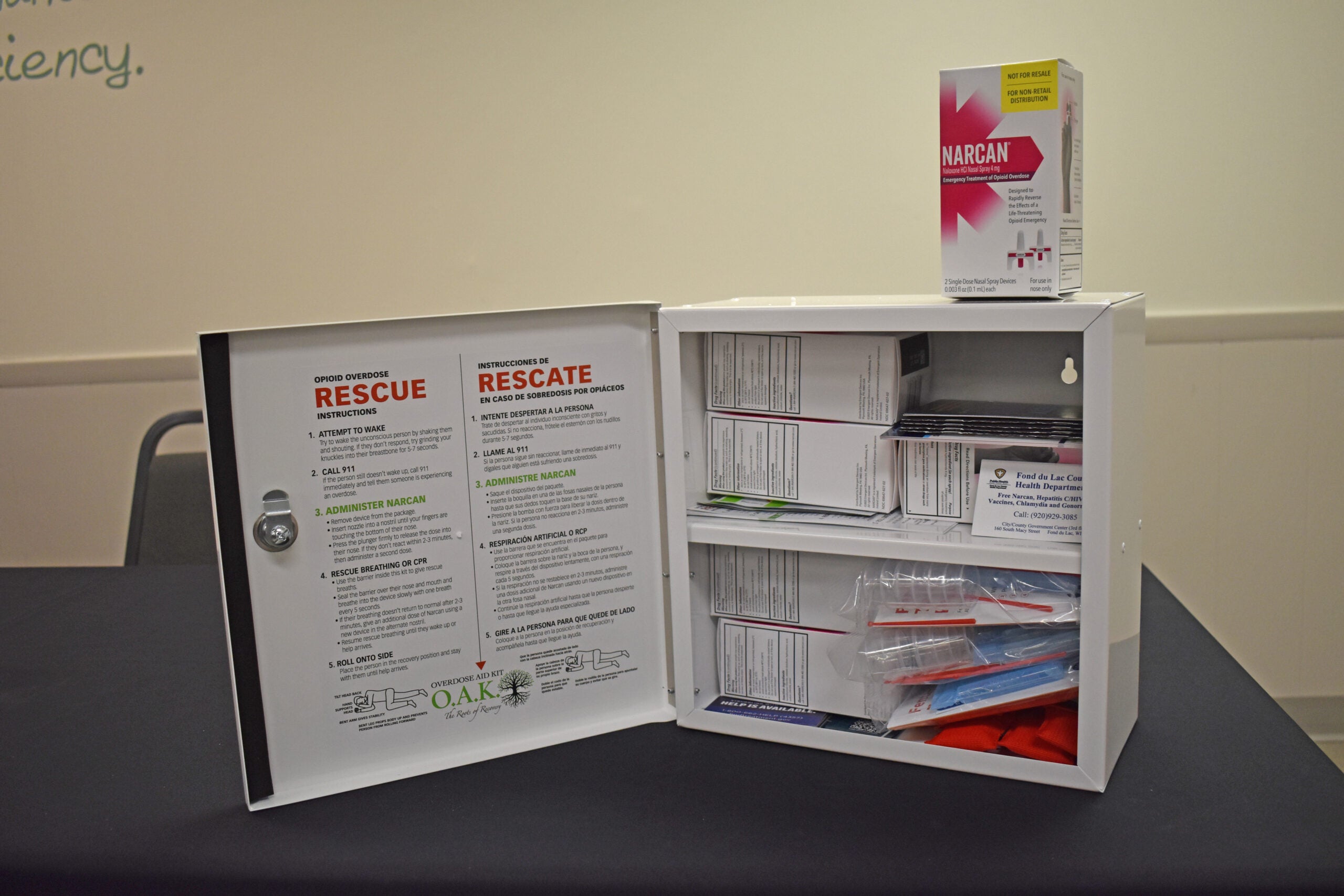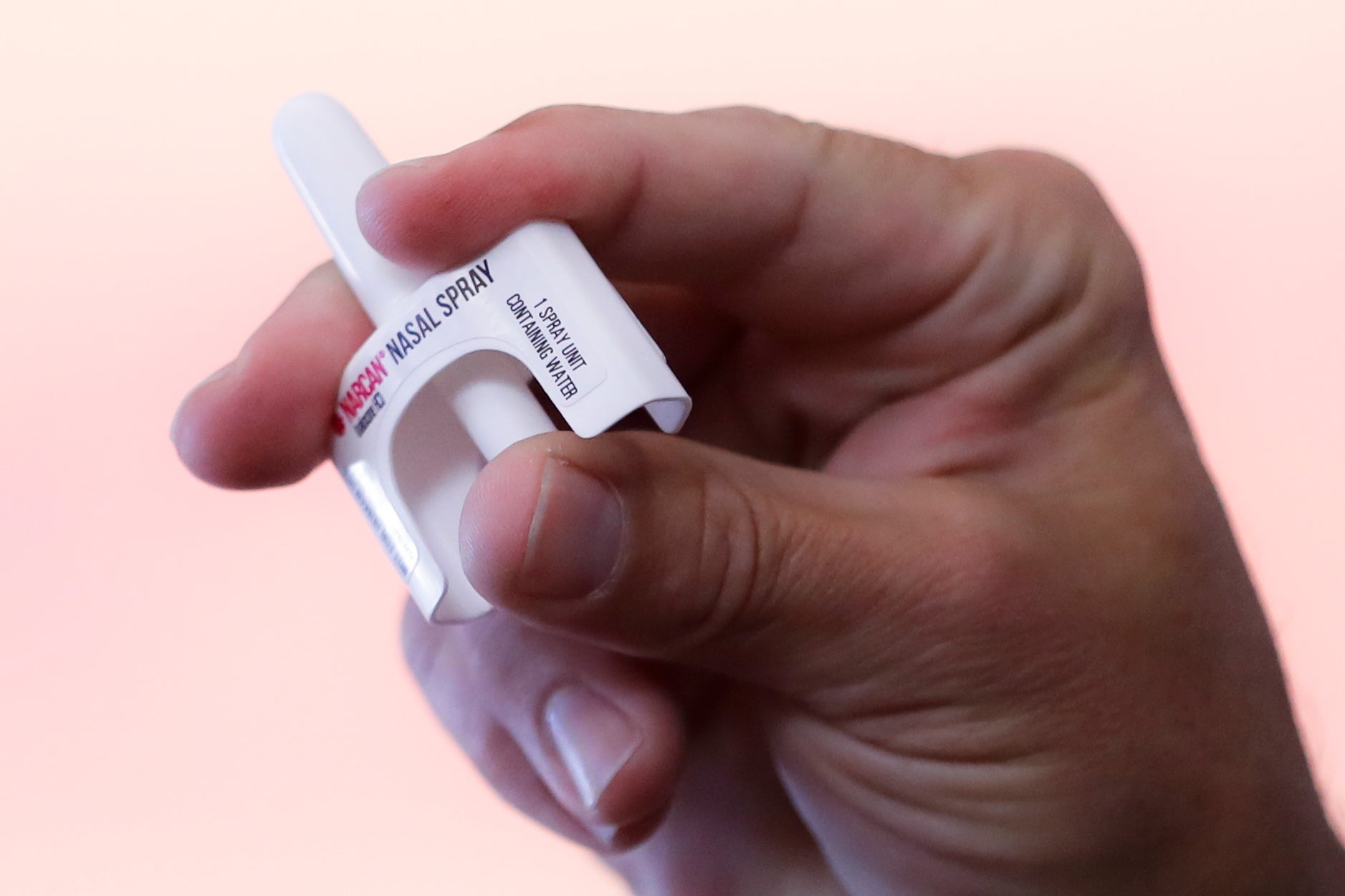Wisconsin has seen its first decline in overdose deaths in years, following a national trend. The data has given new hope to the state’s public health leaders that prevention efforts are helping to change the tide on the opioid epidemic.
Data from the Centers for Disease Control and Prevention shows a 10 percent decline in annual overdose deaths in the United States as of April compared to the same month in 2023. The CDC data also shows a 17 percent decline in nonfatal overdoses as of July.
It’s the first time total overdose deaths have gone down since before the COVID-19 pandemic and marks a significant change from recent years when death counts grew by double-digit percentages.
Stay informed on the latest news
Sign up for WPR’s email newsletter.
In Wisconsin, overdose deaths declined by about 10 percent and nonfatal overdoses fell over 9 percent, according to the data. The state had an estimated 1,612 deaths for the year ending in April.
“This is our first sign of it going on a downward trajectory, rather than an upward trajectory,” said Michelle Haese, director of substance use initiatives at the state Department of Health Services. “It’s promising.”
Haese said it’s too early to know why deaths are declining. But she credits years of investments in prevention and treatment efforts, like removing barriers to addiction treatment, supporting first responders and preventing substance use through outreach to kids.
“It would be too soon for us to give any type of credit to one sole initiative,” she said. “They’re all playing a significant role in creating this change. We’re going to continue to pay very close attention to it, but right now, the data is definitely showing us favorable outcomes.”
Haese cautioned that the decline in overdose deaths hasn’t been consistent across the state. Winnebago County reported its highest number of overdose deaths on record in 2023. By comparison, Haese said nearby Brown County has seen a significant decline in deaths.
Milwaukee County has seen a 4 percent decline in overdose deaths, according to Dr. Ben Weston, the county’s chief health policy advisor. He said the change comes after six years of increases.
“We can certainly be hopeful that we’re starting to see the beginning of a more dramatic decline in opioid deaths,” Weston said. “But the fact remains that in 2023, we still saw someone die from an opioid overdose every 16 hours in Milwaukee County. So we have a long way to go yet.”
He said the county has worked to make resources available for people using illicit drugs, including overdose-reversal medication naloxone and fentanyl test strips. It’s part of a broader effort to invest in harm reduction tools around the state using grant funding from DHS.
Weston also points to investments in what he calls “upstream efforts” — housing, access to health care and mental health services — as being a key part of responding to the opioid epidemic. He said there are signs, like a decline in overdose-related 911 calls last year, the county is reducing the occurrence of overdoses in addition to preventing deaths.
“It absolutely is promising and meaningful to these individuals and organizations that are working so hard, (to see) that work is making a difference on a broad scale,” Weston said.
Haese agreed the decline is an encouragement to those working on substance use efforts after years of increasing deaths.
“It’s very easy to succumb to the temptation of bitterness,” she said. “It’s easy to succumb to challenges and stop when barriers or roadblocks are reached. But we know that the work that is being done is working.”
Wisconsin Public Radio, © Copyright 2025, Board of Regents of the University of Wisconsin System and Wisconsin Educational Communications Board.





